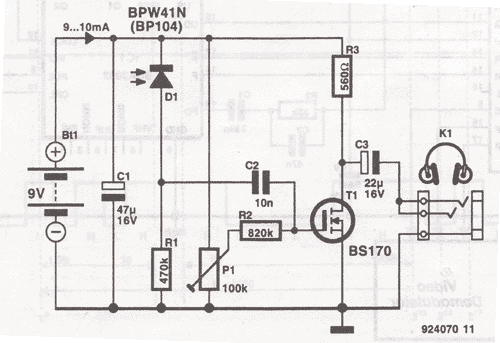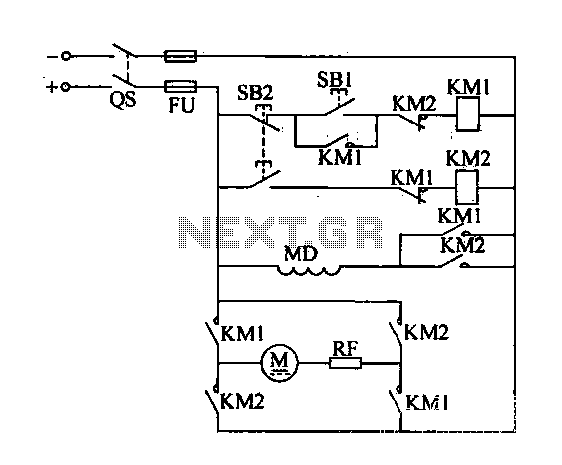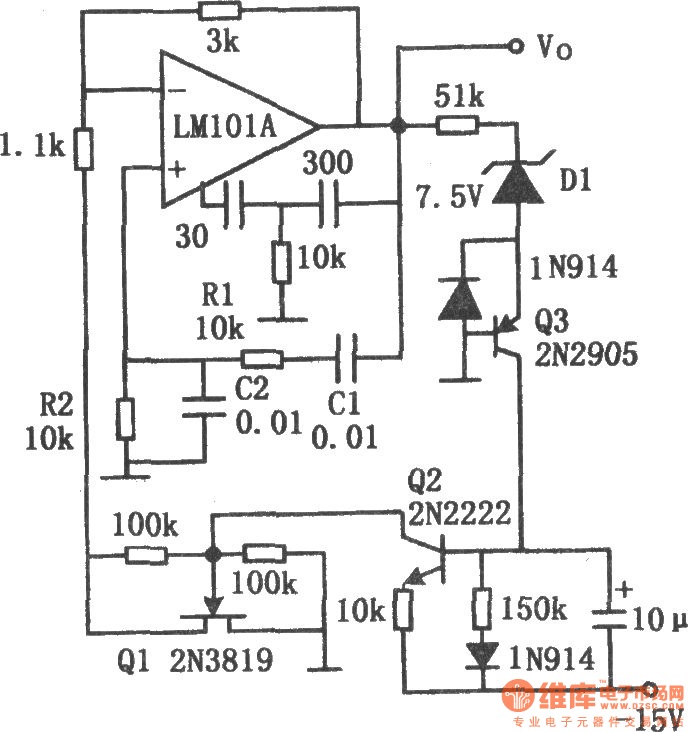
mic recorder circuit

A voice sound recording circuit is desired, which, when triggered, will play the recorded sound through an amplifier circuit.
The proposed voice sound recording circuit can be designed using a microcontroller or dedicated audio recording ICs, along with an amplifier for playback. The circuit can be structured as follows:
1. **Microcontroller/Recording IC**: A microcontroller with an integrated ADC (Analog to Digital Converter) or a dedicated audio recording IC, such as the ISD1820, can be used to capture and store audio. The recording duration and quality can be adjusted based on the specifications of the chosen IC.
2. **Microphone**: A small electret microphone can be employed to capture sound. The microphone should be connected to the input of the recording IC. A biasing resistor may be necessary to provide the required voltage to the microphone.
3. **Trigger Mechanism**: A push button or a motion sensor can serve as the trigger mechanism. When activated, it sends a signal to the microcontroller or recording IC to start recording. This can be implemented using a simple GPIO pin configuration.
4. **Playback Circuit**: After recording, the same trigger mechanism can be used to initiate playback. The recorded sound can be played back through a small audio amplifier circuit. A Class D amplifier, such as the PAM8403, can be used for efficient amplification. The output of the recording IC feeds directly into the amplifier's input.
5. **Power Supply**: The entire circuit can be powered by a battery or a DC power supply. Voltage regulators may be necessary to ensure that the components receive the correct operating voltage.
6. **Output**: The output of the amplifier can be connected to a speaker or headphones, depending on the intended application. The speaker should be selected based on the power output of the amplifier and the desired sound quality.
This circuit can be further enhanced by adding features such as LED indicators for recording and playback status, or volume control using a potentiometer.I want to build a voice sound recording circuit that when triggered will play it recorded sound through an amplifier circuit.. 🔗 External reference
The proposed voice sound recording circuit can be designed using a microcontroller or dedicated audio recording ICs, along with an amplifier for playback. The circuit can be structured as follows:
1. **Microcontroller/Recording IC**: A microcontroller with an integrated ADC (Analog to Digital Converter) or a dedicated audio recording IC, such as the ISD1820, can be used to capture and store audio. The recording duration and quality can be adjusted based on the specifications of the chosen IC.
2. **Microphone**: A small electret microphone can be employed to capture sound. The microphone should be connected to the input of the recording IC. A biasing resistor may be necessary to provide the required voltage to the microphone.
3. **Trigger Mechanism**: A push button or a motion sensor can serve as the trigger mechanism. When activated, it sends a signal to the microcontroller or recording IC to start recording. This can be implemented using a simple GPIO pin configuration.
4. **Playback Circuit**: After recording, the same trigger mechanism can be used to initiate playback. The recorded sound can be played back through a small audio amplifier circuit. A Class D amplifier, such as the PAM8403, can be used for efficient amplification. The output of the recording IC feeds directly into the amplifier's input.
5. **Power Supply**: The entire circuit can be powered by a battery or a DC power supply. Voltage regulators may be necessary to ensure that the components receive the correct operating voltage.
6. **Output**: The output of the amplifier can be connected to a speaker or headphones, depending on the intended application. The speaker should be selected based on the power output of the amplifier and the desired sound quality.
This circuit can be further enhanced by adding features such as LED indicators for recording and playback status, or volume control using a potentiometer.I want to build a voice sound recording circuit that when triggered will play it recorded sound through an amplifier circuit.. 🔗 External reference





